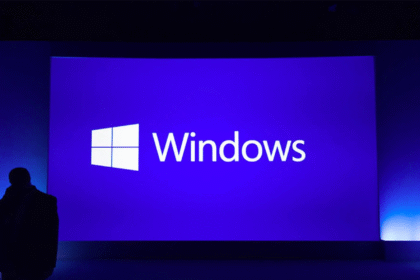On Thursday, China started its first ever mission to obtain the samples from an asteroid which is nearby, with the midnight launch of its Tianwen-2 spacecraft. The swiftly amplifying space power is expected to become the third country to retrieve pristine asteroid fragments.
Moreover, launching a national space station in orbit, landing robots on the farther side of the moon as well as making crucial investments in plans to send humans to the moon by 2030. This ten-year mission is the most progressive in a series of space endeavors.
At around 1:31 a.m., the Long March 3B rocket which was carrying the Tianwen-2 robotic probe took off from the Xichang satellite launch complex.
Throughout the course of the following year, it will get closer to the minor near-Earth asteroid 469219 Kamoʻoalewa. The asteroid is between 9 and 24 million miles (15 and 39 million kilometers) away.
Tianwen-2’s launch was confirmed by China’s official news agency Xinhua, which described it as a “complete success”.
Arriving at the asteroid in July 2026, after collecting samples from asteroid, Tianwen-2 of China will launch a rock-filled spacecraft back to Earth for a landing in November 2027.
After then, it will embark on a years-long flight to reach its second target, main-belt comet 311P/PanSTARRS, which is roughly 87 million miles from Earth.
Comet 311P is far closer to the Sun than the area where usual comets form, and it is situated in the main asteroid belt between Mars and Jupiter.
Because of the unusual location, it is doubtful to have the surface ice that gives distinctive tails to the commits when it vaporizes.
According to the official from China National Space Administration (CNSA), Tianwen-2 will conduct detailed analyses of the primary characteristics of Kamoʻoalewa and 311P, including perhaps the material ejected by the latter.
Compared to successful lunar missions of China, returning the samples from Kamo’oalewa will be a lot more troublesome. This is essentially because the asteroid’s gravity is considerably lower than the gravity of the moon. This will make landing and sampling much more difficult.
The world’s first of these missions was Japan’s Hayabusa. On this mission they collected samples from a tiny asteroid in 2010; its Ryugu mission followed in 2019.
The first US asteroid retrieval mission, OSIRIS-REx, was in 2020. They collected samples from the Bennu asteroid.
NASA describes Kamoʻoalewa as a quasi-satellite of Earth, a close celestial neighbor that has been in orbit around the sun for around a century. It ranges in size from 120 to 300 feet (40 to 100 meters).
After a six-month voyage, China’s first mission to Mars, Tianwen-1, an uncrewed spacecraft launched in 2020, safely landed on the huge plain known as Utopia Planitia.
China’s third interplanetary mission, Tianwen-3, is tentatively planned for 2028. China might become the first nation to collect samples from Mars.
It was announced by CNSA last month that the orbiter and lander that would investigate the red planet will have a cargo capacity of 20 kg (44 lb) for international nations and research institutions.







